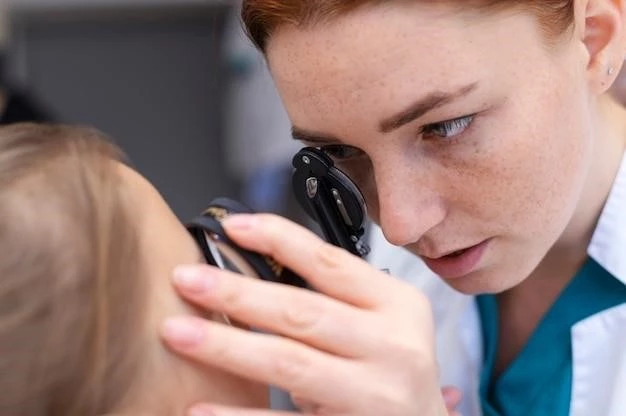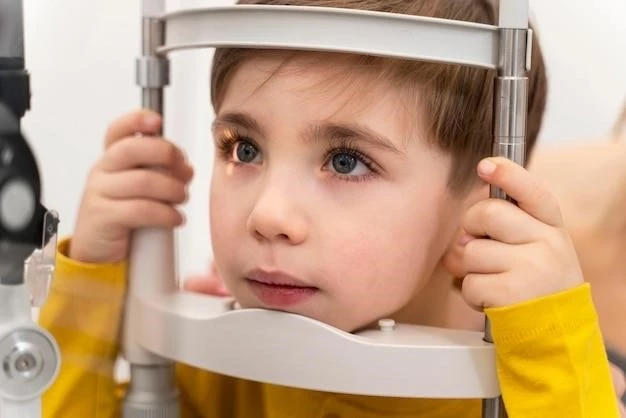Causes of Congenital Cataracts
Microphthalmia Symptoms and Treatment
Causes of Congenital Cataracts
Congenital cataracts may be due to genetic mutations, infections during pregnancy, metabolic disorders, trauma, or certain medications taken by the mother. These factors can impact the development of the eye’s lens, leading to cloudiness. Understanding the underlying cause is crucial for appropriate treatment and management.
Microphthalmia Symptoms and Treatment
Microphthalmia, characterized by abnormally small eyes, may present with reduced vision, eye abnormalities, and cosmetic concerns; Treatment varies based on severity and can include corrective lenses, surgery to improve vision or appearance, and supportive therapies. Early intervention and regular monitoring are essential in managing microphthalmia to optimize visual outcomes and quality of life.
Treatment Options for Congenital Eye Disorders
Surgical Options for Congenital Cataracts
Genetic Factors in Cataract Development
Vision Impairment in Microphthalmia Patients
Surgical Options for Congenital Cataracts
For congenital cataracts, surgical intervention is often necessary to remove the cloudy lens and restore vision. Techniques such as phacoemulsification or extracapsular cataract extraction may be employed. In infants, special considerations are made to prevent amblyopia. Prompt surgery followed by appropriate post-operative care is crucial for the best visual outcomes.
Genetic Factors in Cataract Development
Genetic mutations play a significant role in the development of cataracts, especially in the congenital form. Variations in specific genes can predispose individuals to cataract formation from birth. Understanding these genetic factors is crucial for early detection, personalized treatment plans, and genetic counseling to assess the risk of cataracts in future generations.
Vision Impairment in Microphthalmia Patients
Microphthalmia can lead to varying degrees of vision impairment, ranging from mild to severe. Patients may experience challenges with depth perception, visual acuity, and peripheral vision; Low vision aids, visual therapies, and educational support can help individuals with microphthalmia adapt and maximize their remaining vision for daily activities and overall well-being.
Diagnosis and Management of Congenital Eye Conditions
Early Diagnosis of Congenital Eye Disorders
Management of Cataracts in Infants
Early Diagnosis of Congenital Eye Disorders
Early diagnosis of congenital eye disorders is crucial for timely intervention and optimal outcomes. Infants should undergo comprehensive eye exams shortly after birth to detect conditions like cataracts or microphthalmia. Screening tests, including visual assessments and imaging techniques, help identify abnormalities early, enabling healthcare providers to initiate appropriate treatment plans and support the child’s visual development.
Management of Cataracts in Infants
Managing cataracts in infants involves prompt surgical intervention to remove the cloudy lens and restore vision. Post-operative care, including visual rehabilitation and monitoring for complications like amblyopia, is essential. Parents and healthcare providers play a crucial role in the long-term management of cataracts in infants to ensure proper visual development and quality of life.

Advancements in Treating Congenital Eye Conditions
Research Advances in Treating Congenital Eye Conditions
Research Advances in Treating Congenital Eye Conditions
Ongoing research into congenital eye conditions has led to innovative treatments such as gene therapy, stem cell procedures, and advanced surgical techniques. These advancements aim to improve outcomes, reduce complications, and enhance the quality of life for individuals affected by congenital cataracts and microphthalmia. Collaborative efforts between researchers, clinicians, and industry partners drive progress in the field of pediatric ophthalmology.
